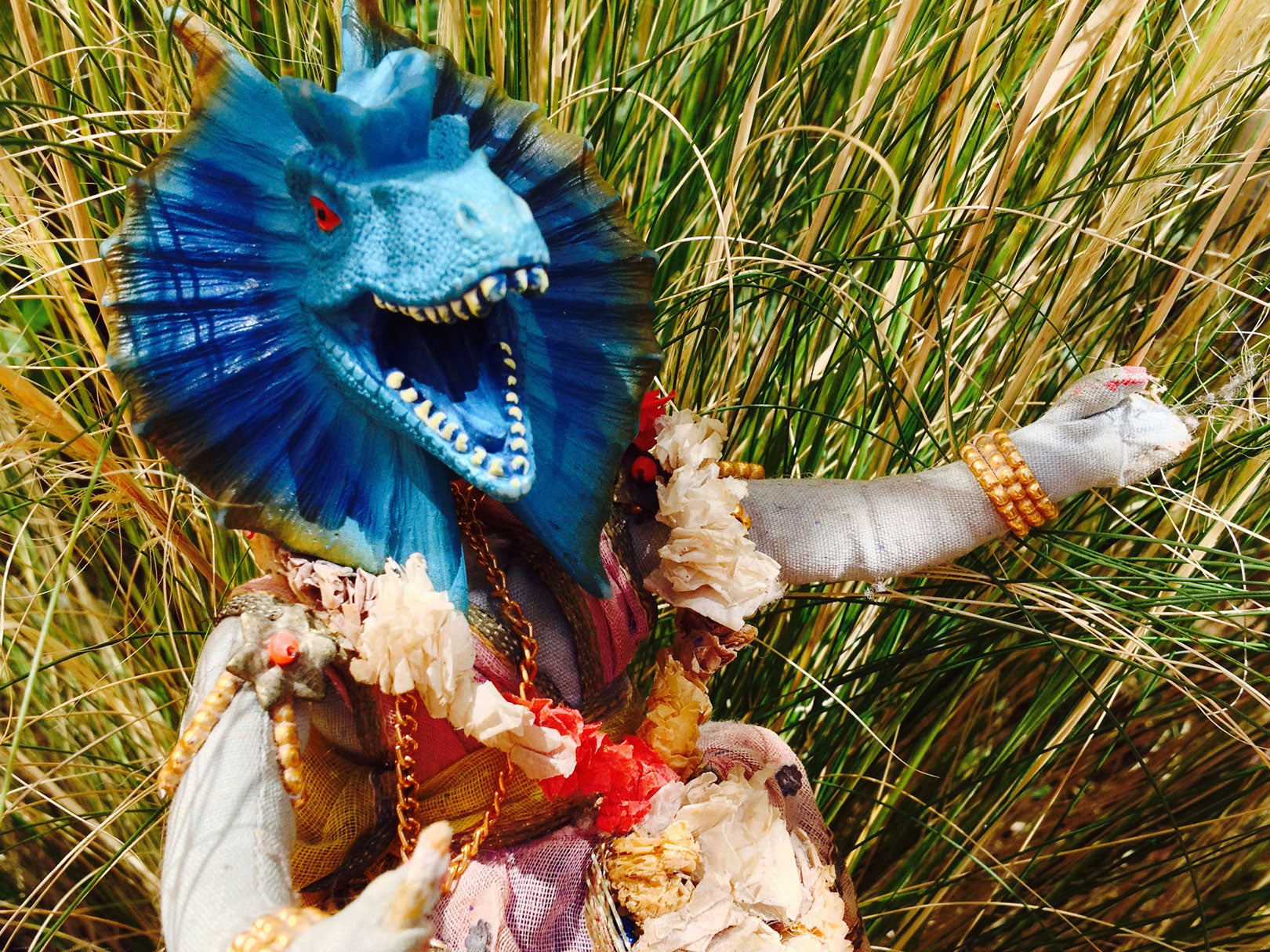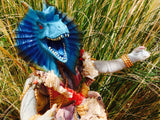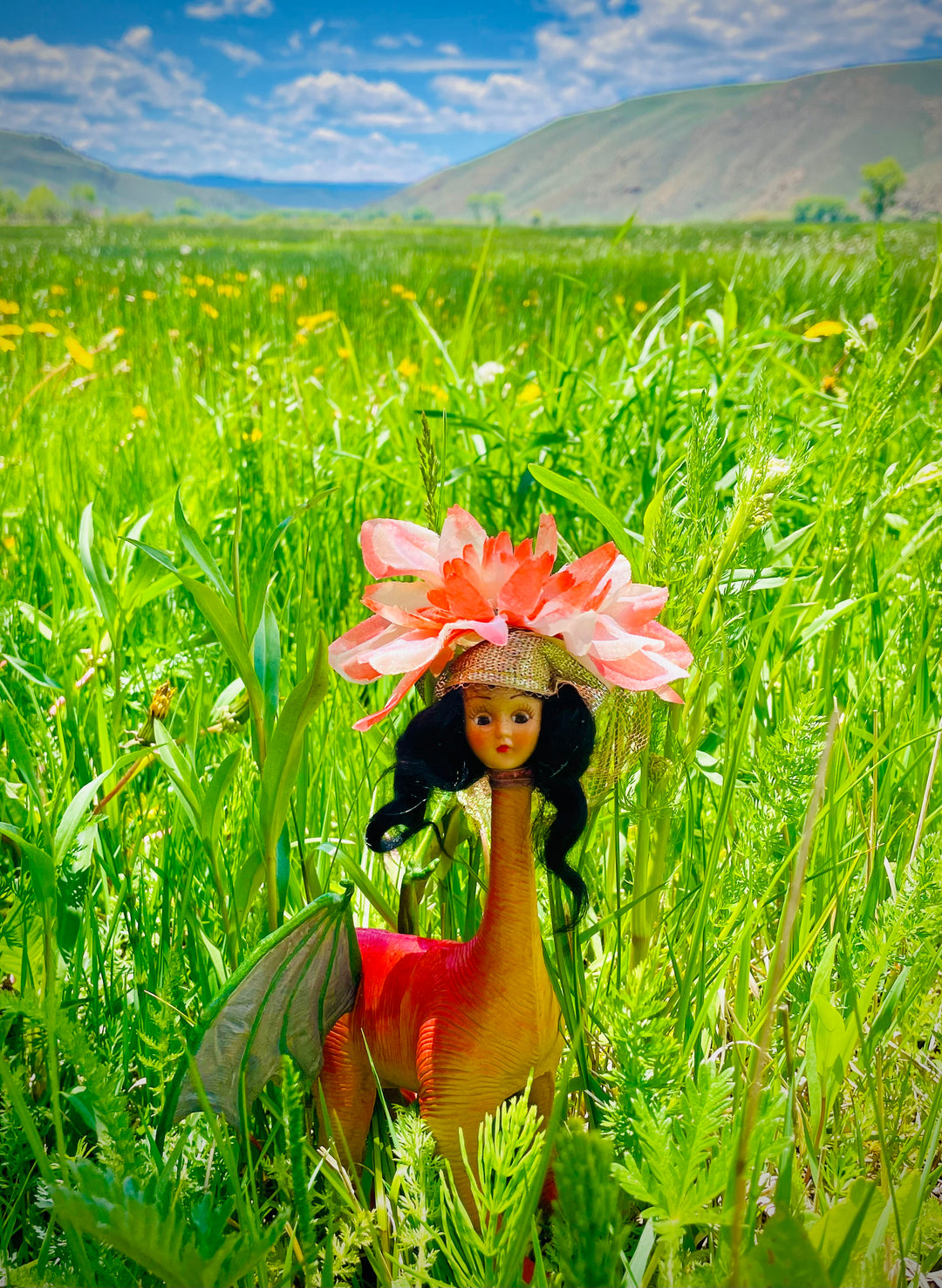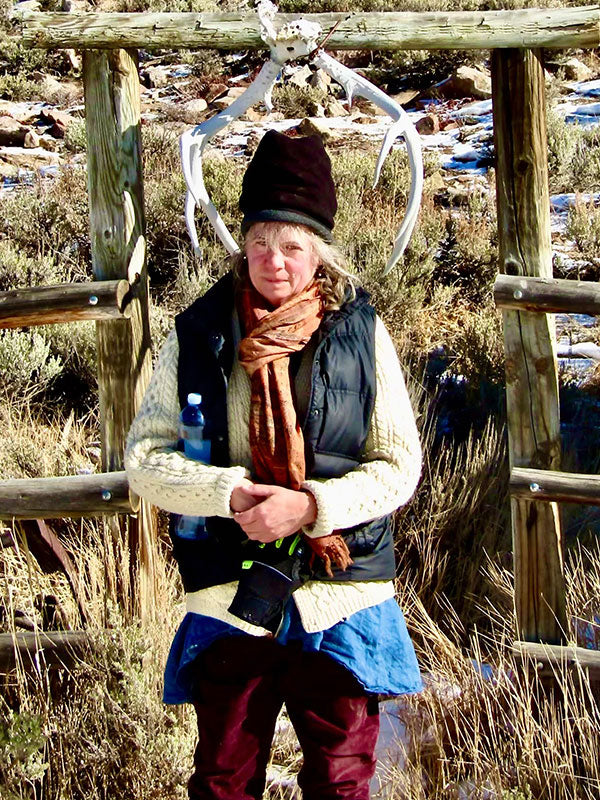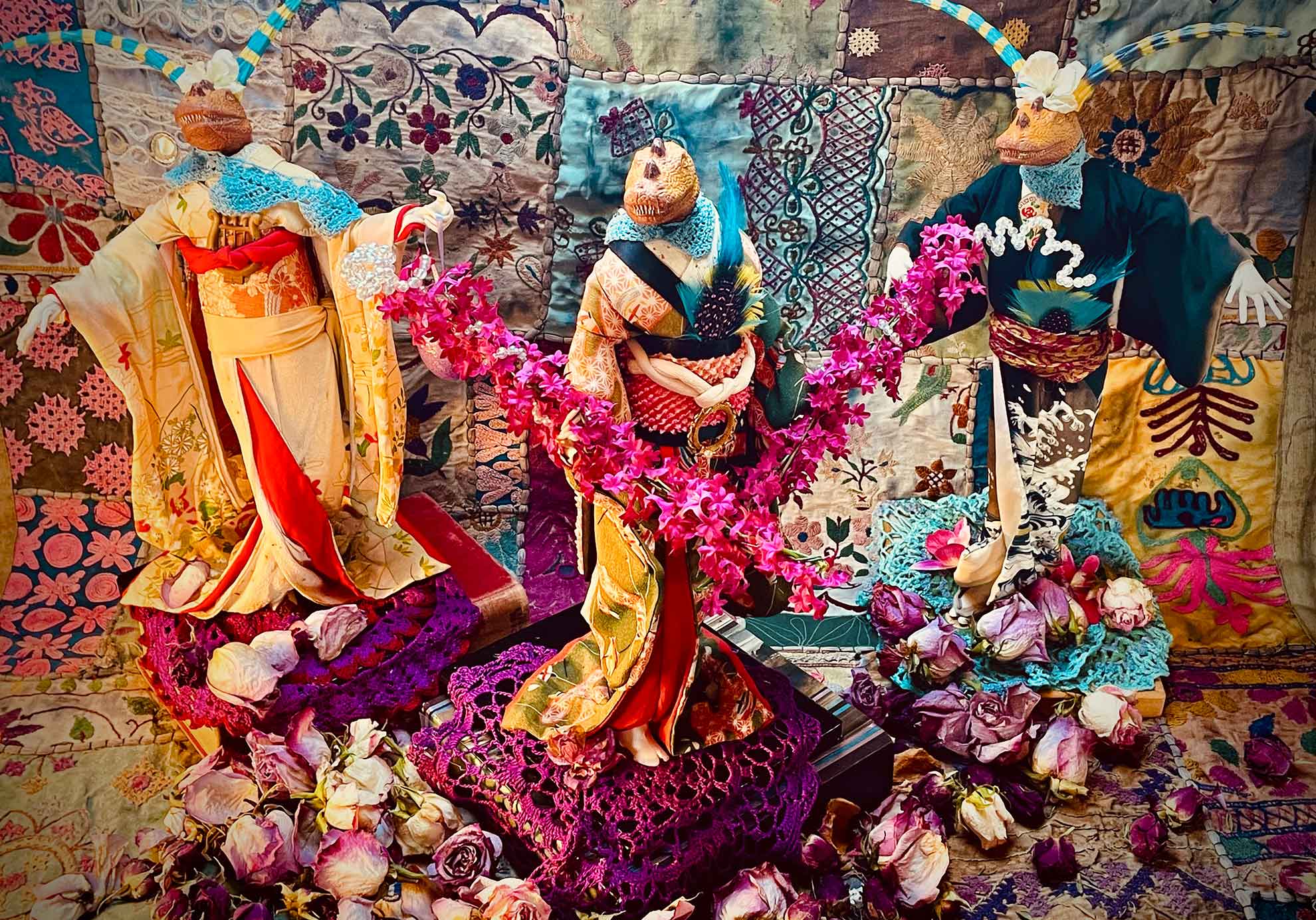
About Morphodonia
Morphodonia is an imagined adaptive realm of existence derived from the synthesis of dinosaur and human forms. This hybridization is an evolutionary advancement integrating the biological strength and ingenuity of Mesozoic Era features to creatively and cooperatively address modern environmental and societal challenges.

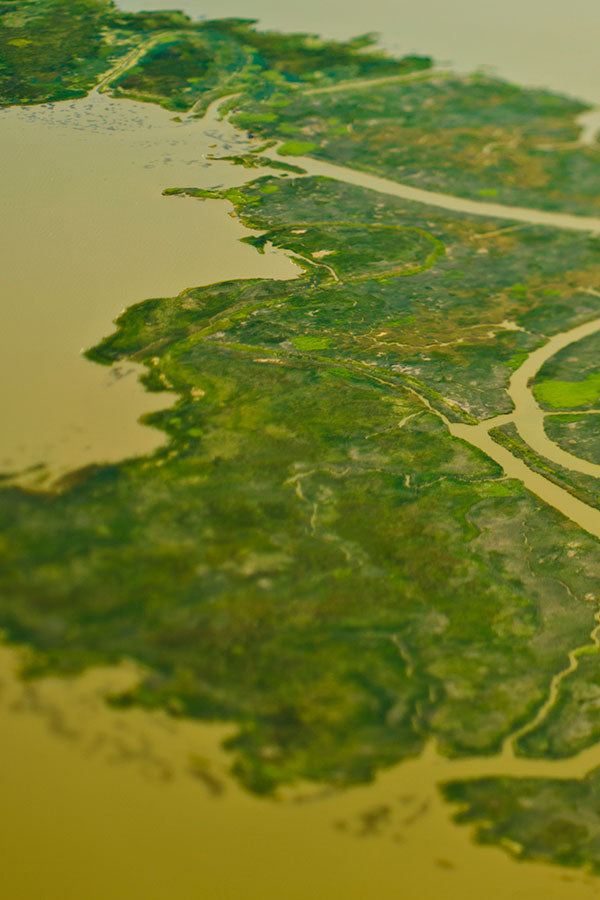
Background
A cataclysmic series of extreme weather events known as the Great Bollix has rearranged existing land masses, eliminating previously established modes of commerce. Volcanic activity, earthquakes, fire and subsequent flooding has resulted in three relatively isolated continents with vast bodies of water between them. Following the Great Bollix, travel between continents was deemed too costly to reestablish. As a practical measure, war over territory and resources has been outlawed and energy redirected towards survival and cooperation.
Geographic Regins
Morphodonia has three primary geographic regions where the different species reside.

Home of Dinoteks
Furthest North from the Equator, Dinotekia is a small island crammed with live/work hubs of activity, above ground trains, bars on every corner, and a centrally located park for entertainment and recreation. Near the park, a “mother” computer hums, tendrils of activity spinning out in a web, machines and lights on standby at all times for the Dinotek residents. Concrete buttresses surround the island, keeping the icy waves from penetrating where they could cause harm to the delicate technological web.
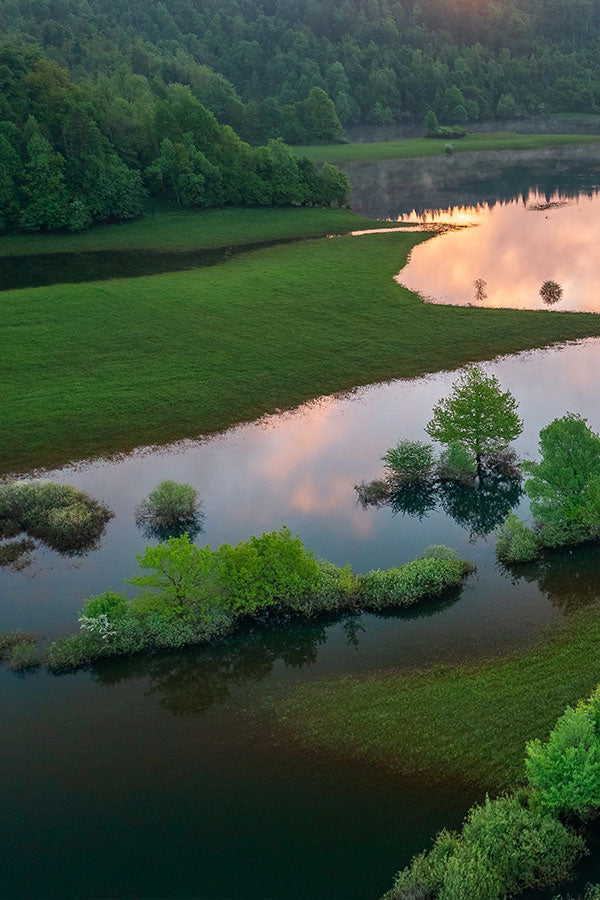
Home of Beatrix
Comprising 763,000 square miles, Mezotamia is the largest and most diverse land mass and home to the vast majority of Morphodonians, the Beatrix species. A fertile crescent of loamy grasslands and rolling hills comprises the majority of this dreamy continent. Towering mountains at one end feed the numerous rivers that lead through these grasslands to the sea. The most stable of the few remaining continents, Mezotamia comfortably hosts a variety of weather patterns simultaneously and is home to more than one ecosystem.
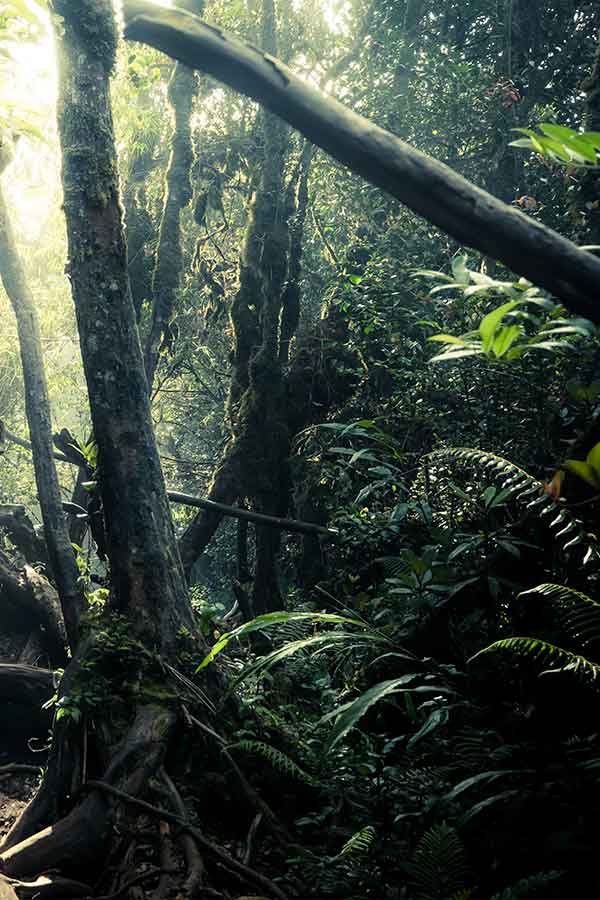
Home of Lucyopterus
Lavina is a midsized island south of the Equator full of lush, dense, practically impenetrable rainforests and hidden lagoons. It is home to a range of tropical birds encompassing over 35 different distinct emotional varieties, a vast network of metaphysical earthworms happily weaving themselves in through the roots of the ancient leafy trees towering above and scores of mischievous insects. It is also the refuge for the most magical and mysterious of the Morphodonians - the very elusive Lucyopterus.
Criterion
Morphodonia is a realm where adaption is both a social and biological norm. The Great Bollox has generated an evolutionary shift towards trans species hybridization to navigate a new roster of environmental challenges. Each remaining continent is home to one of the three primary Morphodonian species, reflecting a problem solving strategy specific to their environment.
Technological infrastructure previously relied upon, has been rejected by all but one of the Morphodonian species and the general evolutionary trend is moving more towards a full integration to the world of reptilian birds.
The Creator of Morphodonia
Meet Sarah Coleman-Craig, the artist, creator, and anthropologist of Morphodonia.
